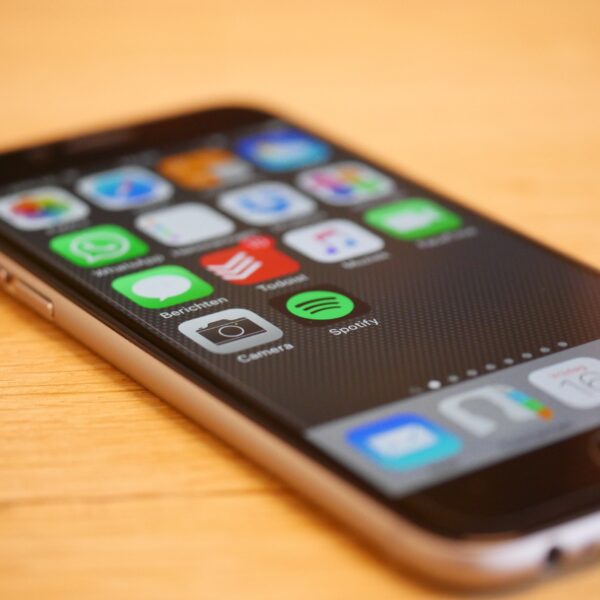1. Introduction
In preparing a bug-out bag, communication devices and power sources are crucial components that ensure safety, navigation, and emergency assistance during unforeseen situations. This article
outlines key considerations and best practices for packing these essential items.
2. Communication Devices
- Portable Two-Way Radios: These devices operate on several frequency bands, including FRS (Family Radio Service), GMRS (General Mobile Radio Service), and MURS (Multi-Use Radio Service). They offer
long battery life, simplicity, and reliability. - Satellite Phones: Ideal for remote areas with no cellular coverage, satellite phones communicate via orbiting satellites. Be mindful of subscription costs and ensure the phone is compatible with
your service provider’s international plans. - Handheld Ham Radios: Amateur (ham) radios can be invaluable during emergencies, as they allow communication across long distances and direct person-to-person connections. Obtain a license to
operate legally and familiarize yourself with appropriate frequencies and protocols. - Smartphones: Modern smartphones are versatile communication tools, offering voice calls, text messaging, email, GPS navigation, and access to emergency services. However, they require power and
network connectivity, so consider external batteries and offline maps.
3. Power Sources
- Portable Solar Chargers: Lightweight and compact, solar chargers can recharge batteries using sunlight. Consider models with built-in storage for extended use.
- External Batteries (Power Banks): These devices offer a convenient way to charge multiple devices on the go. Look for high capacity power banks that support fast charging.
- Hand Crank Generators: These compact devices generate electricity through manual cranking, providing a reliable power source in emergencies. Some models also include radios and USB ports for
charging devices. - Spare Batteries: Carry spares for all essential devices, ensuring they can operate when regular batteries deplete. Opt for rechargeable options to minimize waste.
4. Best Practices
- Test and familiarize yourself with each device before an emergency arises.
- Keep devices protected from water and dust by using weather-resistant cases or sealable plastic bags.
- Store spare batteries separately from the devices they power to prevent accidental activation and draining.
- Regularly update software, firmware, and maps on smartphones and two-way radios for optimal functionality.
- Familiarize yourself with emergency communication protocols in your region and keep a list of important phone numbers on hand.

